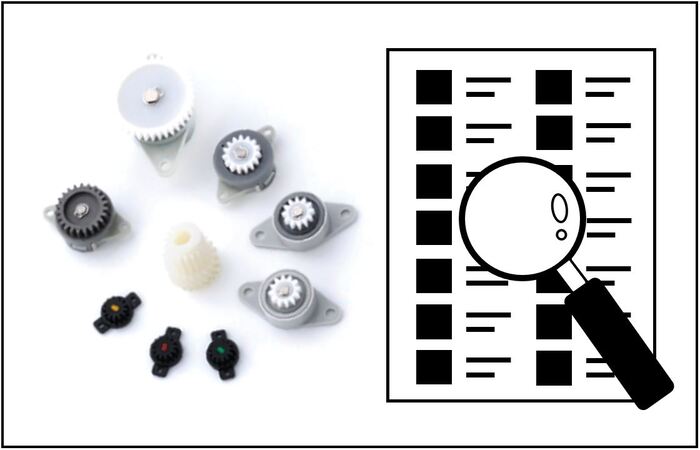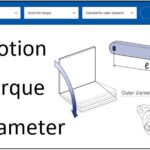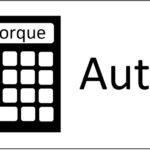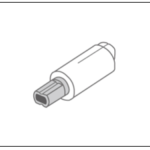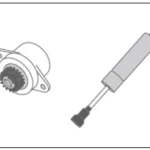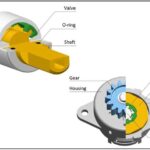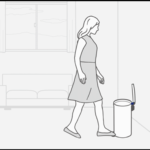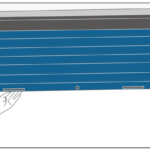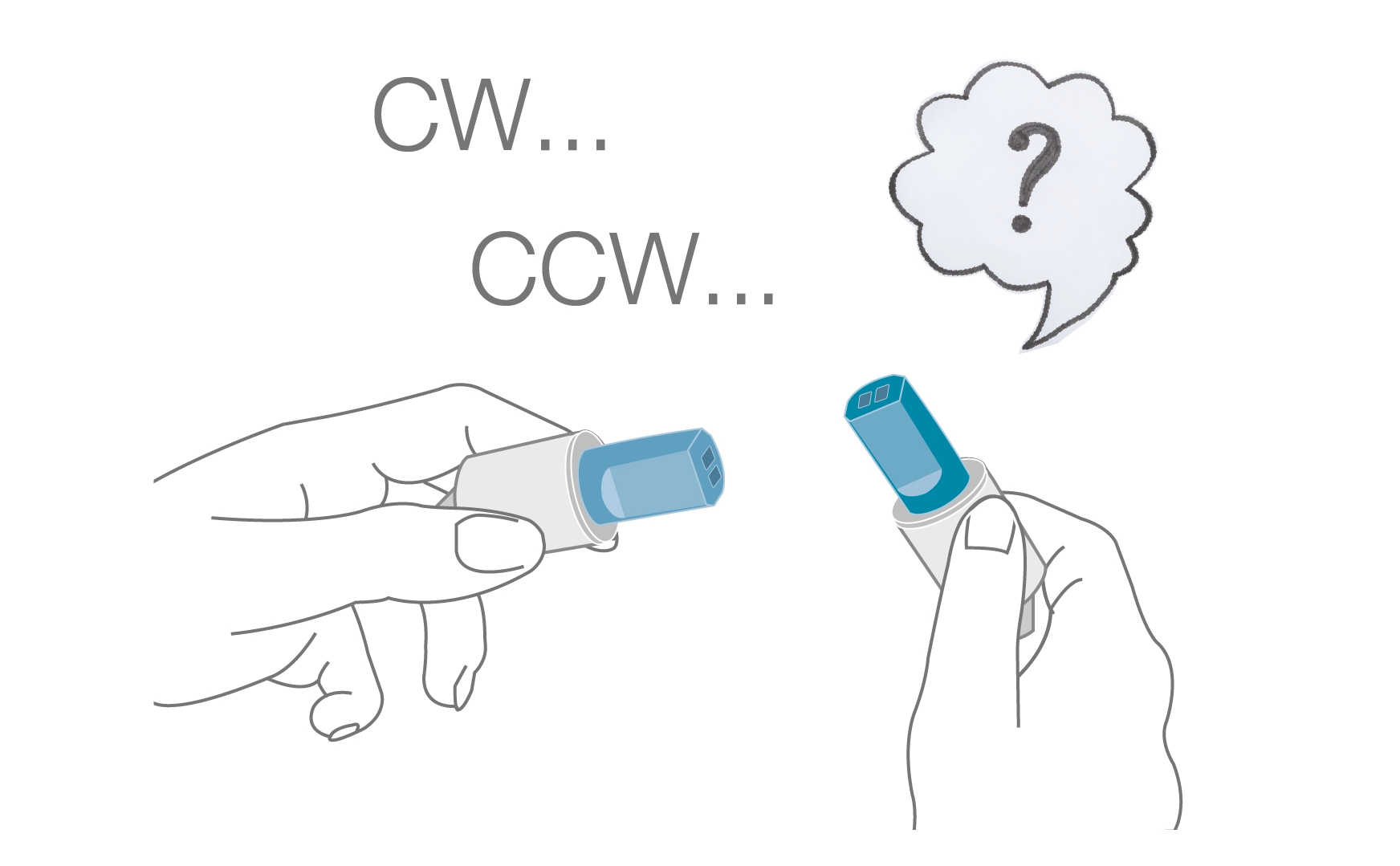
After installing a rotary damper, if you find that the lid operates more heavily when you open it or the lid does not open, you may have installed the rotary damper incorrectly. If a rotary damper is installed incorrectly, not only it will not produce the damper effect, but it may also cause problems that lead to failure.
Rotary dampers are generally mounted with the shaft on the movable side (lid) and the housing on the fixed side (product body). Correct installation will produce a damper effect and allow the lid or door to close softly.
In this article, we explain two common mistakes in rotary damper installation and how to prevent rotary damper installation mistakes.
Contents
Common rotary damper installation mistakes
In some cases when you purchase a rotary damper and it does not work correctly when installed, this is often due to incorrect installation. The following is a detailed explanation of why they do not work correctly.
1. Rotary damper installation mistakes in the torque direction
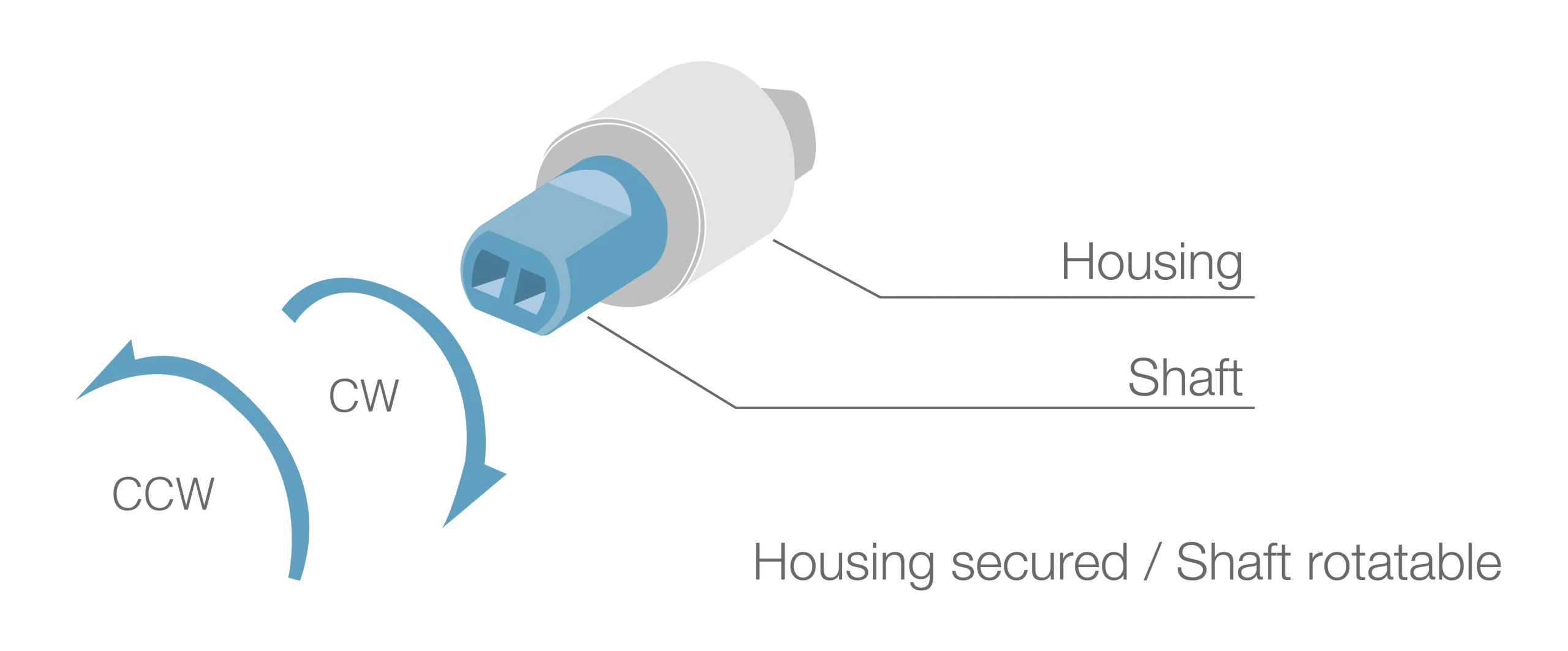
If the rotary damper is installed in the opposite direction (idle direction) to the direction in which the damper is to exert its damper effect (torque direction), the damper will be heavy when opening and ineffective when closing. Since the damper effect is exerted in CW/CCW direction, respectively, as viewed from the shaft, the correct rotary damper must be installed in the direction in which you want the damper effect to be exerted. If you want the housing to rotate instead of the shaft, install it in the opposite direction.
2. Rotary damper installation mistakes in the opening angle of the shaft

If the rotary damper is not installed in the closed position when the lid is closed, the rotary damper will not operate correctly. This is because there will be a gap between the limited range of the opening angle and the range of use. If the rotary damper is installed in the open position, it cannot be opened any further and the lid cannot be opened. If the rotary damper is shipped with the shaft in the closed position, it must be installed in the closed position. To check the shaft position at the time of shipment, refer to the “Shaft position at the time of shipping” in the lower right corner of the “Opening angle” section of the catalog, or check the position of the shaft and the position of the detent on the actual product against the drawings.

How to prevent rotary damper installation mistakes
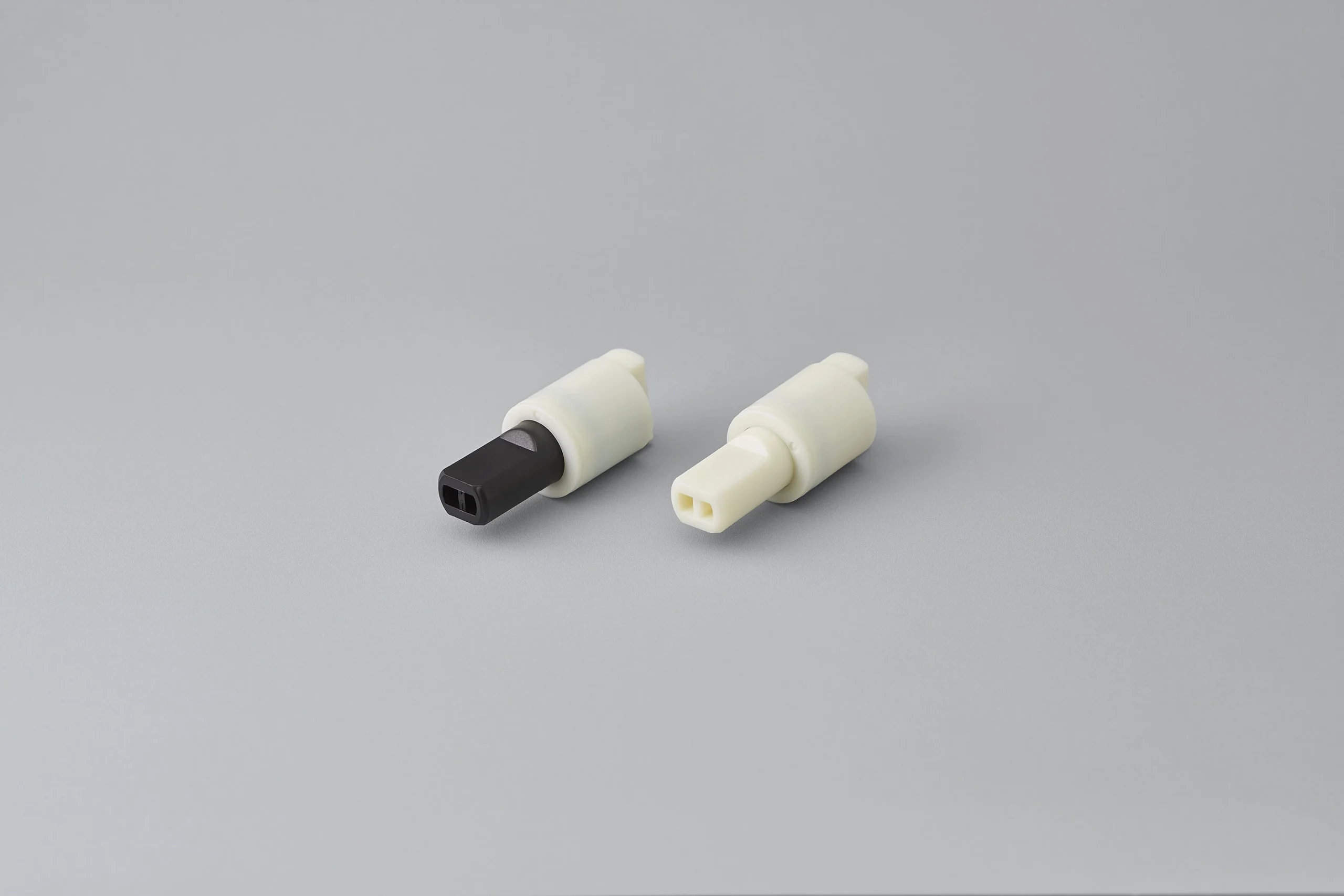
To avoid rotary damper installation mistakes, it is necessary to pay attention to two points which are the open or closed position of the rotary damper, and whether it is installed on the left or right side. When installing the rotary damper, check whether the shaft or housing is to be moved to work the damper, and make sure the rotary damper is installed in the closed position of the lid. You can also prevent mistakes by poka-yoke such as changing the color of the shaft or housing or grooving some parts.
Summary of Rotary damper installation mistakes
In this article, we have introduced installation mistakes in the torque direction and the opening angle of the shaft as two common rotary damper installation mistakes.
TOK delivers rotary dampers in the closed position as shown in the drawing and catalog, except for some products, so you can prevent installation mistakes by installing the rotary damper as it is. Poka-yoke support is also available to prevent installation mistakes. For more information, please use this contact form.
フォームが表示されるまでしばらくお待ち下さい。
恐れ入りますが、しばらくお待ちいただいてもフォームが表示されない場合は、こちらまでお問い合わせください。

